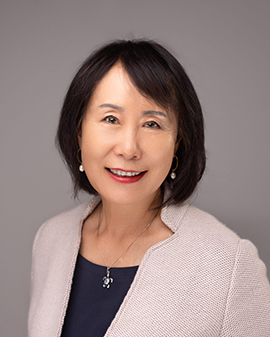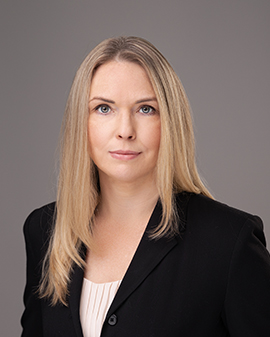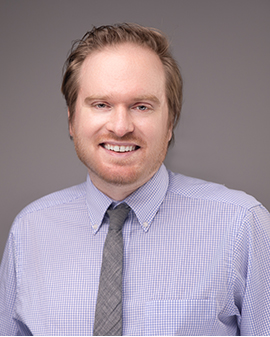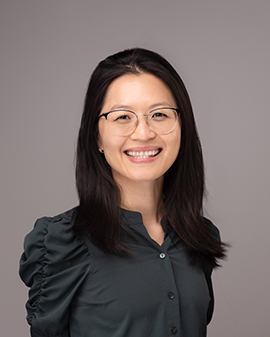Family Eye Care

Taking care of your eyes is crucial to keeping them happy and healthy. At Clayton Eye Center, we offer eye care for every family member with a compassionate and skilled team of doctors and staff.
What to Expect at an Eye Exam
Routine eye exams are necessary to protect your eyes against conditions that can steal your vision. Here are some of the things to expect during your eye exam at Clayton Eye Center:
Discussing Your Medical History
Before your eye exam, you’ll review your medical history with a staff member. They’ll ask about your family’s medical history as well as what medications you’re currently taking.
If you’re a new patient, they’ll ask if you currently wear glasses or contact lenses.
Measuring Your Visual Acuity
The next part of your eye exam measures your visual acuity by having you read an eye chart. The eye chart shows how well you can see at different distances.
You’ll cover one eye while the other is being tested. Your visual acuity is what determines if you have 20/20 vision or not.
Determining Your Prescription
Your ophthalmologist will have you look at an eye chart through a phoropter. The phoropter has several lenses to help determine if you need glasses or contact lenses.
If you need corrective lenses, the phoropter will help your eye doctor find the best possible prescription for you.
Checking Your Pupils
Your eye doctor may choose to check how your pupils respond to light by shining a bright beam of light into your eye. Your pupil should get smaller when this occurs.
If your pupils widen or don’t respond in any way, this can indicate an underlying problem that requires treatment.
Looking at Your Peripheral Vision
Although there are few symptoms of glaucoma, one is if you lose your side vision. Patients can lose their peripheral vision without realizing it, making this a good test for your eye doctor to conduct.
Checking How Your Eyes Move
Your ophthalmologist will perform a test called ocular motility to see how your eyes move together and if they are in proper alignment. They will also check to ensure that the muscles in your eyes work as they should.
Measuring the Pressure Inside Your Eyes
Another way of looking for glaucoma is by measuring the pressure in your eyes, called tonometry. Elevated intraocular pressure can be a sign of glaucoma. The test usually uses a pressure-sensitive tip against or close to your eye.
Looking at the Front Part of Your Eye
To see the front part of your eye, your ophthalmologist will use a slit-lamp microscope. This will give them visibility of your eyelids, lens, cornea, and iris while checking for cataracts or corneal abrasions.
Examining Your Retina and Optic Nerve
If your ophthalmologist decides to dilate your eyes, this will allow them to examine your retina and optic nerve for any signs of damage.
How Often Should Children Have Eye Exams?
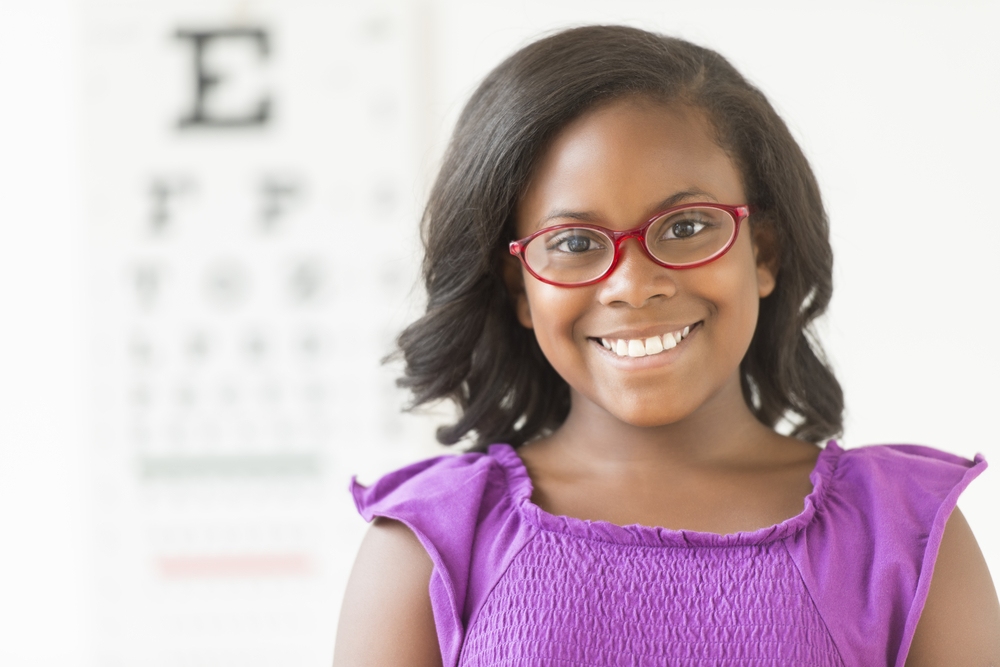
To ensure that children’s eyes stay healthy early, they should have their first eye exam before they start kindergarten or first grade. If they do not have any known eye conditions or there aren’t any vision conditions that run in your family, you can bring your child in for eye exams every one to two years.
However, if children have refractive errors like nearsightedness, farsightedness, or astigmatism that require visual aids, they will need to come in more frequently to ensure they have an updated prescription.
How Often Should Adults Have Eye Exams?
The recommendations for adults having eye exams depend on a few factors, including age and family history. However, most adults between the ages of twenty and forty who have healthy eyes and don’t need corrective lenses only need an eye exam once in their twenties and twice in their thirties.
Once you turn 40, you should see your eye doctor for a comprehensive eye exam. 40 is when many age-related eye conditions, like cataracts and macular degeneration, may show signs.
If you wear glasses, contact lenses, or have other medical conditions, you’ll need to schedule more frequent eye exams. Your eye doctor can go over the appropriate schedule with you.
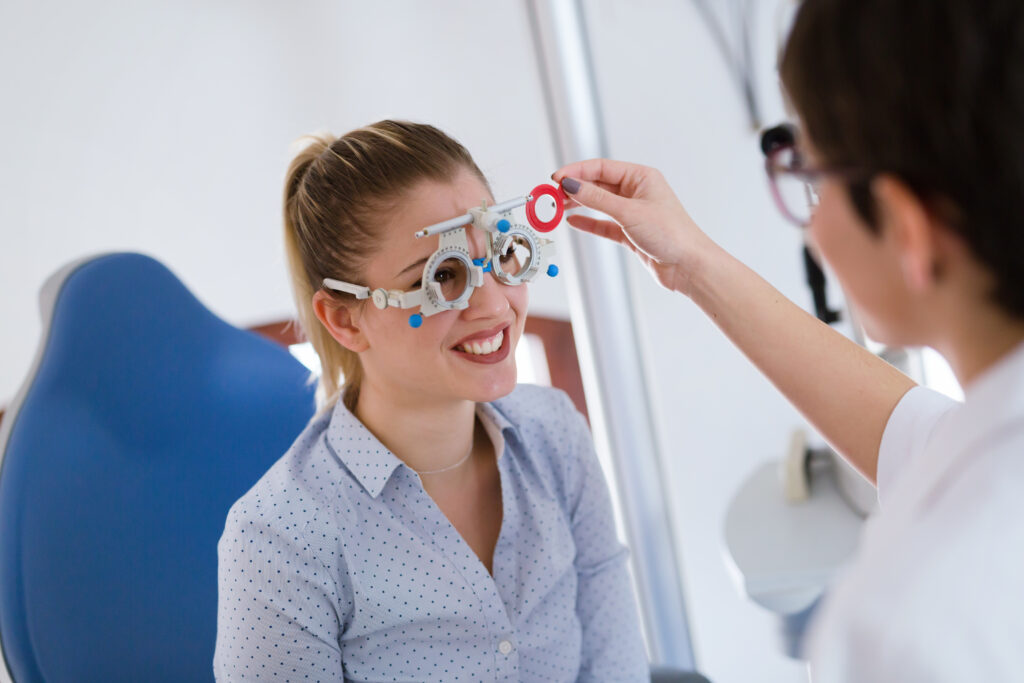
Seniors
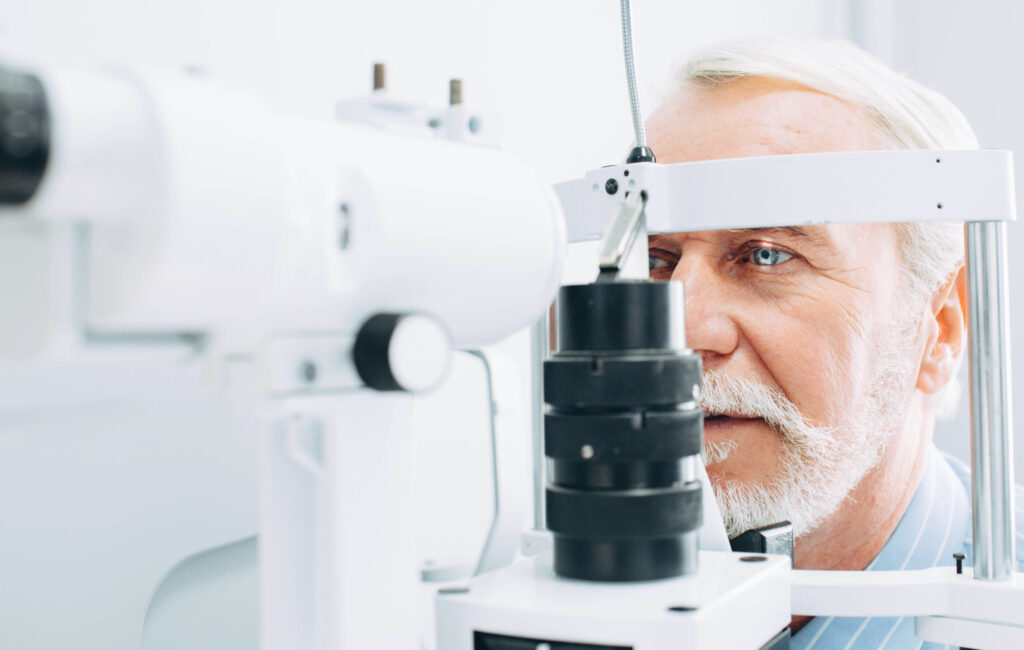
If you’re 65 or older, you’ll need more frequent eye exams. Seniors should have eye exams every year or two.
During these exams, your ophthalmologist will check for signs of vision-stealing conditions. These include glaucoma, cataracts, macular degeneration, and diabetic retinopathy.
Treating Refractive Errors and Medical Conditions
If you have a refractive error, you want to avoid walking around with blurry vision. The most common ways of treating refractive errors like nearsightedness, farsightedness, and astigmatism is with glasses and contact lenses.
We offer plenty of these to our patients to ensure they pick the correct frames or contact lenses to correct their vision. But our family eye care services go beyond glasses and contact lenses.
Clayton Eye Center is here to treat all your family’s visual needs, from cataracts and glaucoma to retina conditions. Whether you need cataract surgery, are looking for options for treating diabetic retinopathy, or need treatment for glaucoma, Clayton Eye Center in Morrow, GA, is here for you.
We provide our patients with the highest level of eye care possible while cost-effectively using leading-edge technology for patients. Family eye care is about putting your family’s vision first and improving your vision whenever possible.
Learn more about how we can keep your family’s eyes healthy by scheduling an appointment at Clayton Eye Center in Morrow, GA, today!


